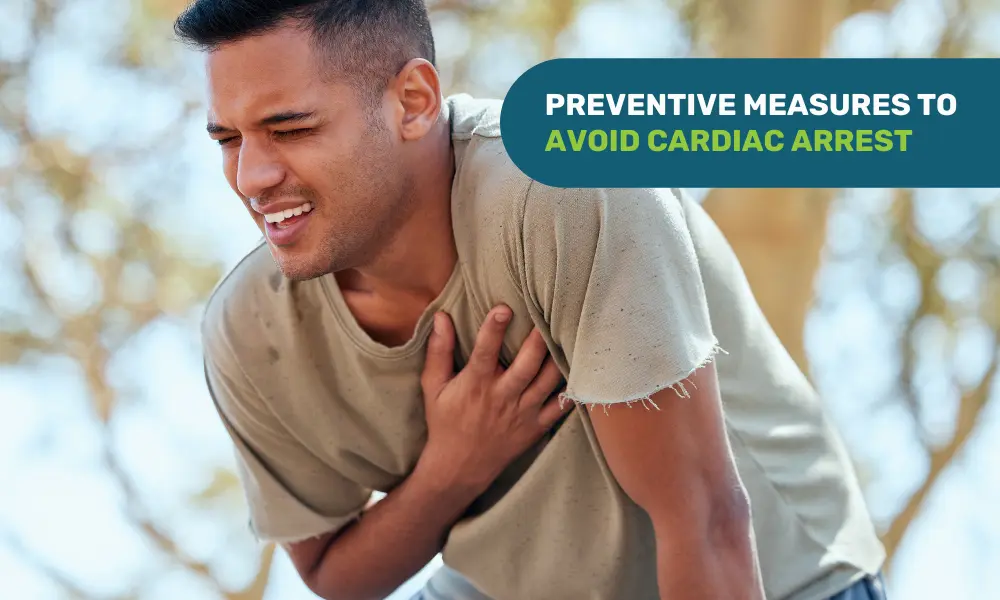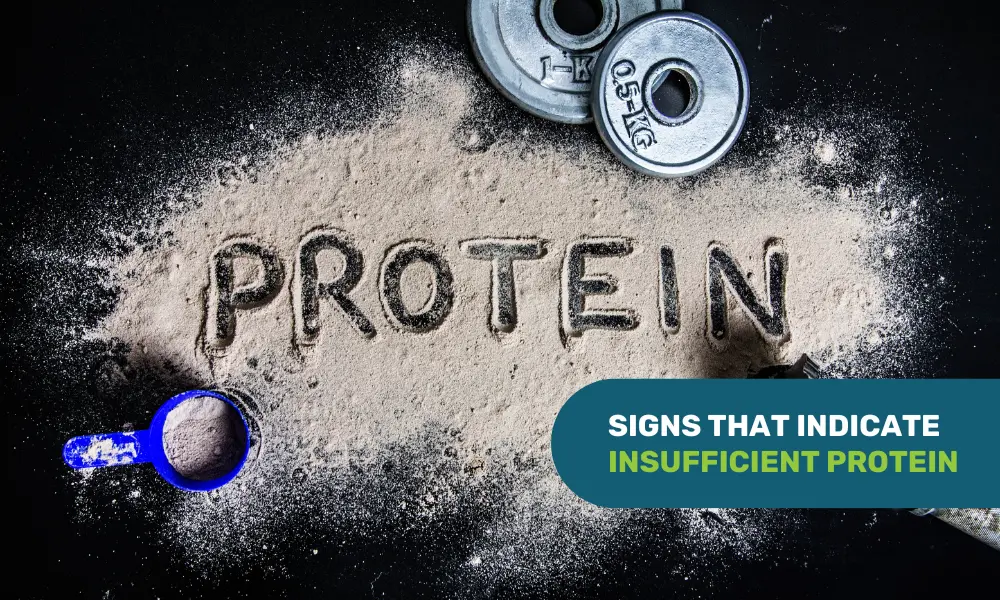One of the leading cause of global death and disability are heart diseases. Among them, sudden cardiac arrest, occurring unexpectedly within an hour of when symptoms begin to show, is particularly alarming. Even healthy individuals may experience this form of heart-related death or sudden cardiac death.
This risk extends to both healthy people and those with known heart conditions. It becomes highly crucial to know what is to be done in case of sudden cardiac arrest.
Sudden cardiac arrest
Sudden cardiac arrest is a medical situation when there is a sudden loss of heart activity due to an irregular heart rhythm along with no breathing. This condition may occur when the heart arteries are clogged with cholesterol or other deposits, reducing blood flow to the heart.
Rising cases among young people
Sudden cardiac arrest is not uncommon among young individuals and is on the rise. Around 80% of cases occur in people with coronary artery disease. In angiography (medical imaging like X-ray to check blood vessels), the majority of people with coronary artery disease have narrowing arteries or blocks. Yet most do not have a heart attack, which, in medical terms, denotes a sudden block of a coronary artery with damage to the heart muscle.
Most instances are not linked to heart attacks but are primarily due to abnormal heart rhythms, such as ventricular tachycardia and ventricular fibrillation.
Strategies for prevention
Since there is a rise in sudden cardiac arrests in young people, understanding the risks and mitigating them is pivotal. This may include:
-
Managing hypertension (the number one cause)
-
Quitting smoking
-
Maintaining a healthy weight
-
Controlling diabetes
-
Staying physically active
-
Adopting a nutritious diet
It is advised that preventive efforts should start early in life, as heart disease tends to progress from higher risk in young adults to early death in middle age.
Why early screening is important?
The second prevention strategy involves early and regular screening for heart disease and risk factors.
-
Screening every three years after age 40 is recommended, or earlier for those with a family history or high-risk features.
-
Drug therapy, especially for conditions like high blood pressure, cholesterol, and diabetes, may be necessary.
-
High-risk individuals may even require implanted defibrillator devices, which can be life-saving.
-
In cases of cardiac arrest in young individuals, especially teenagers and those in their 20s, heart muscle diseases or cardiomyopathies are often the cause, therefore one must undertake cardiac risk marker test.
-
Therefore, regular screening, including clinical examination, ECG, and echocardiography, is recommended for students and young adults in their 20s.
-
Cascade screening, a systematic process of identifying individuals within a family with risk for a hereditary condition, may also be offered.
Further, regular well-paced exercise is protective despite concerns about exercise-related risks. Endurance and high-intensity athletes may benefit from regular screening exams. Since cardiac arrest is often fatal, prevention is paramount; someone who has an existing heart condition must undertake light exercise under expert supervision.
Additionally, the most crucial thing to learn is CPR, as it can prevent an individual from a fatal cardiac arrest if administered on time and properly.





